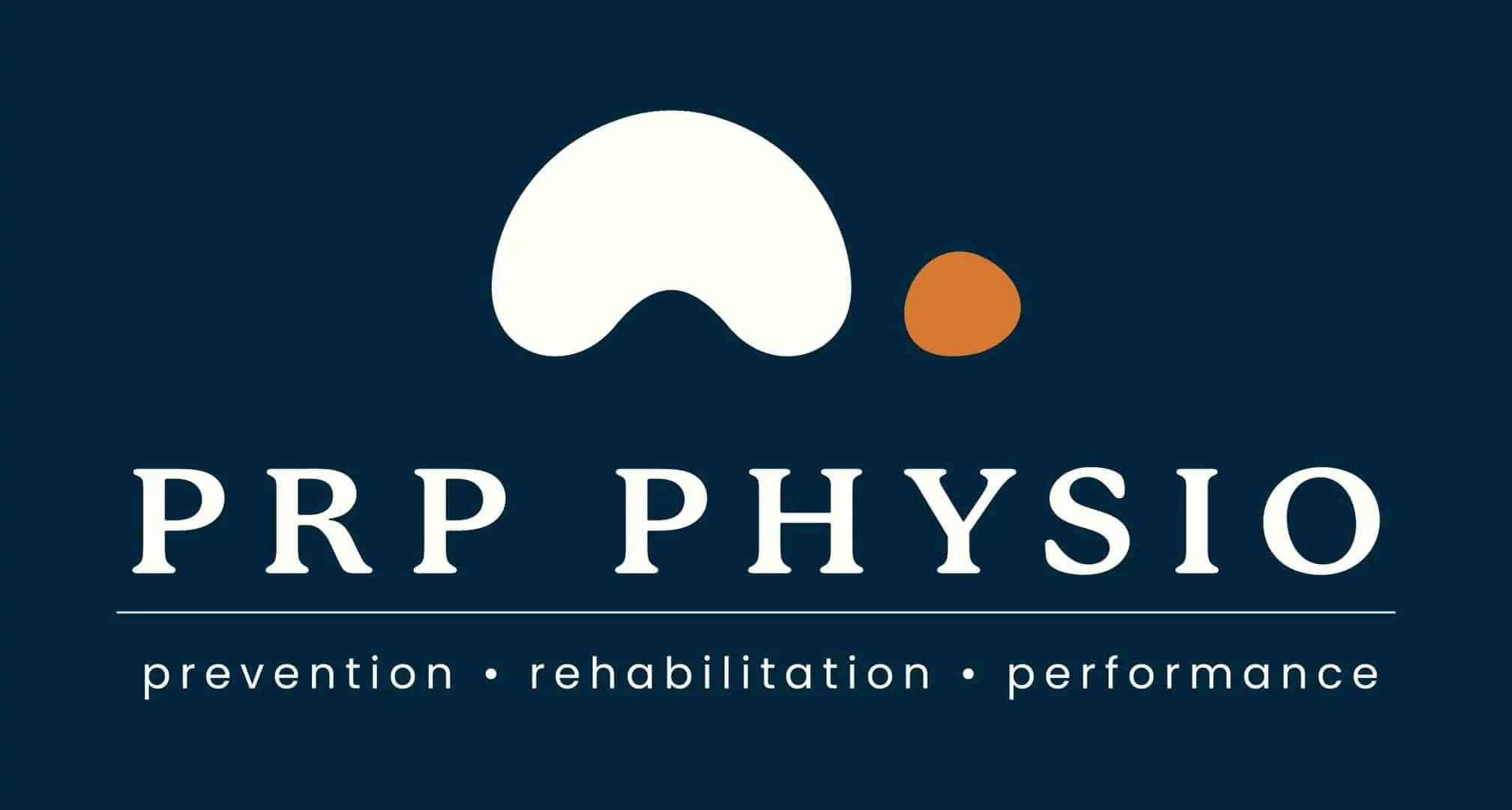Gluteal Tendinopathy – It’s a Real Pain in the Ass
Gluteal tendinopathy, otherwise known as greater trochanteric pain syndrome is one of the most common causes of lateral hip pain. We delve deep into all of the intricacies of it so you get the full low down on how physiotherapists assess and treat it.









